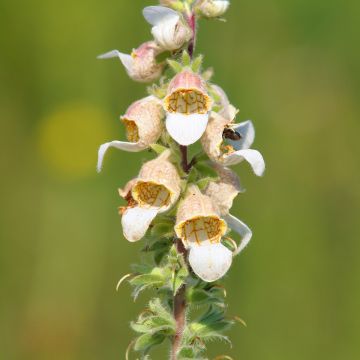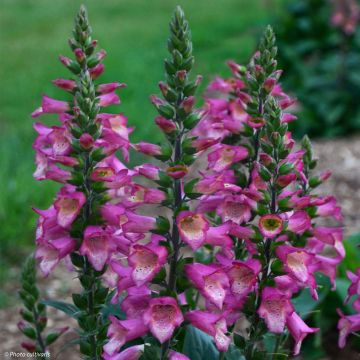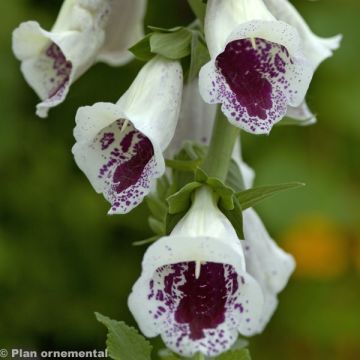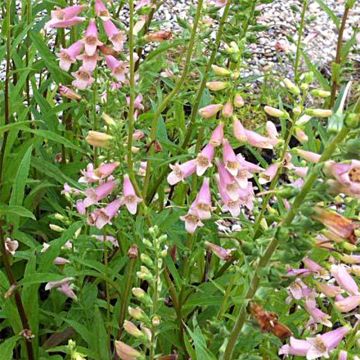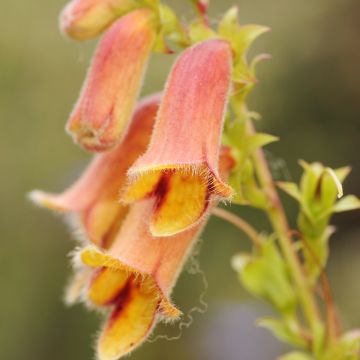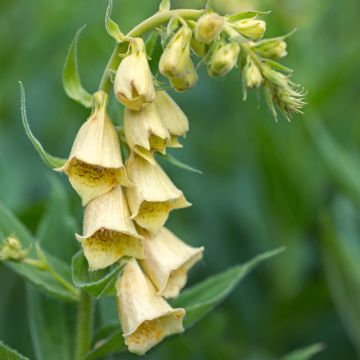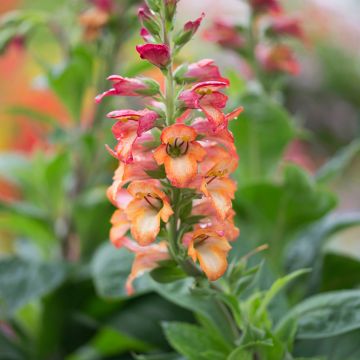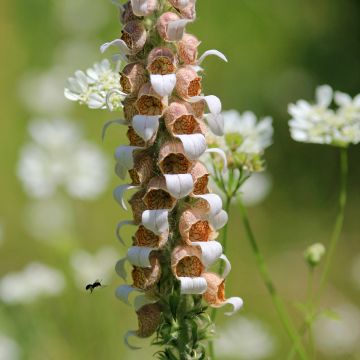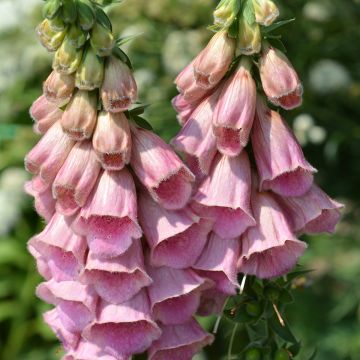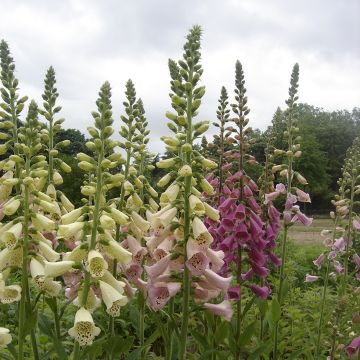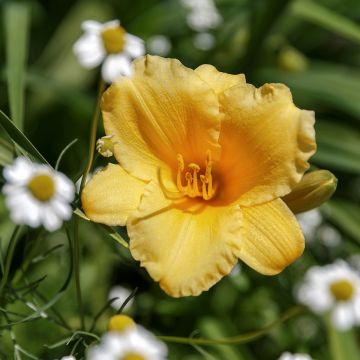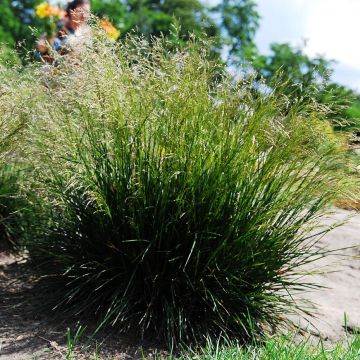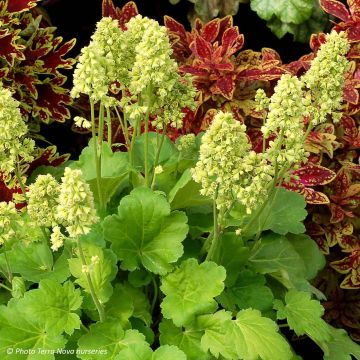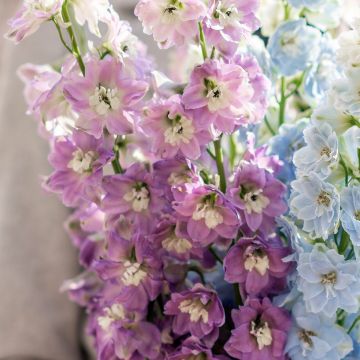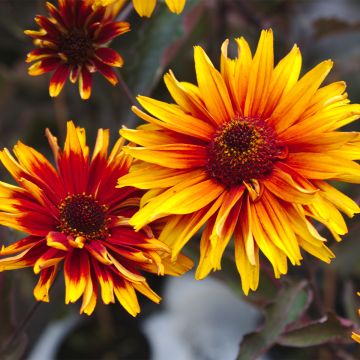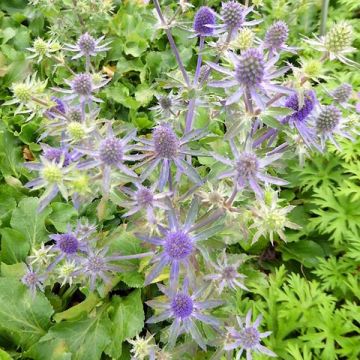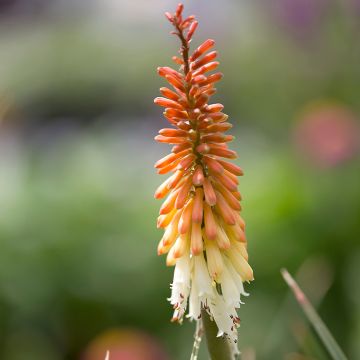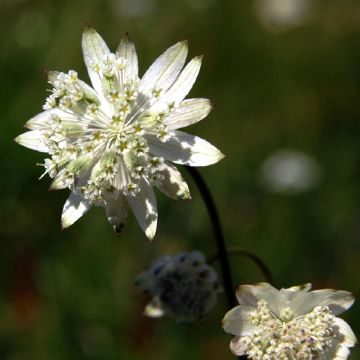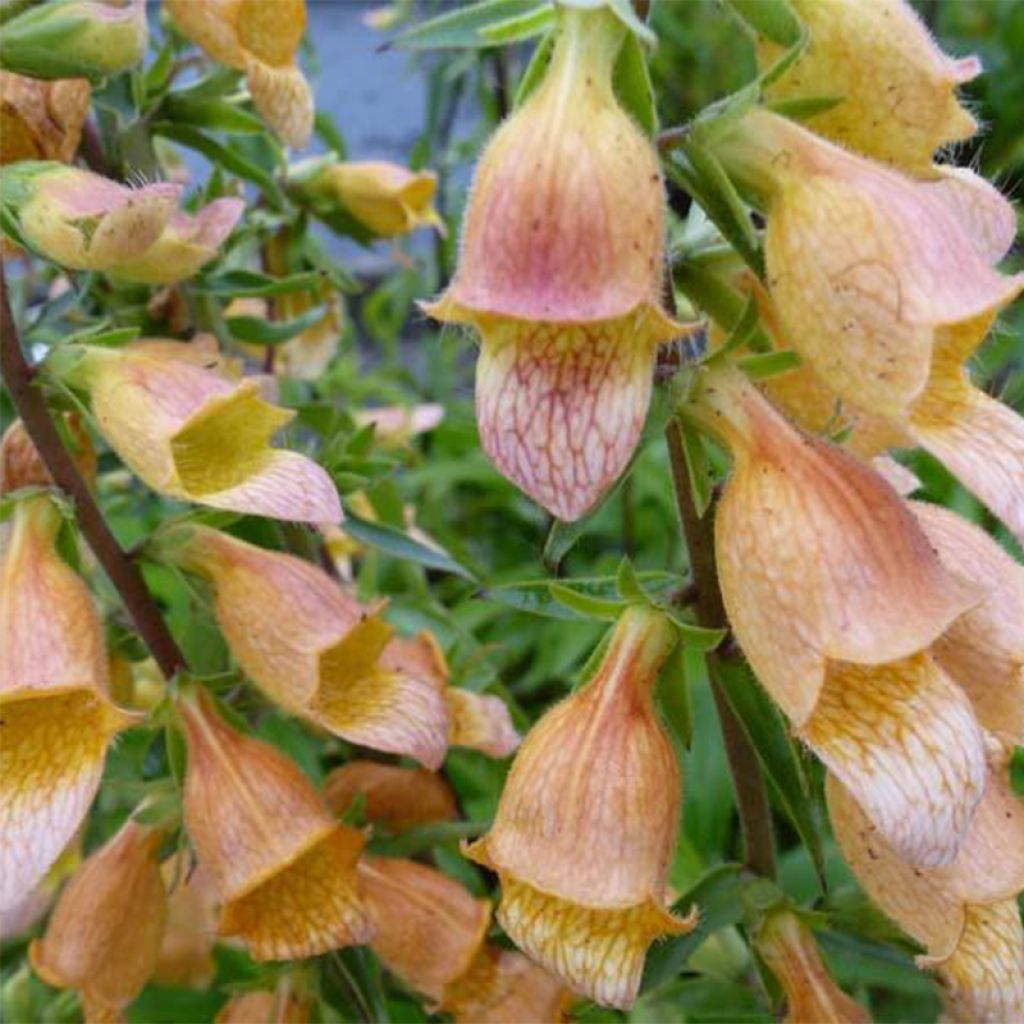

Digitalis Spice Island - Foxglove
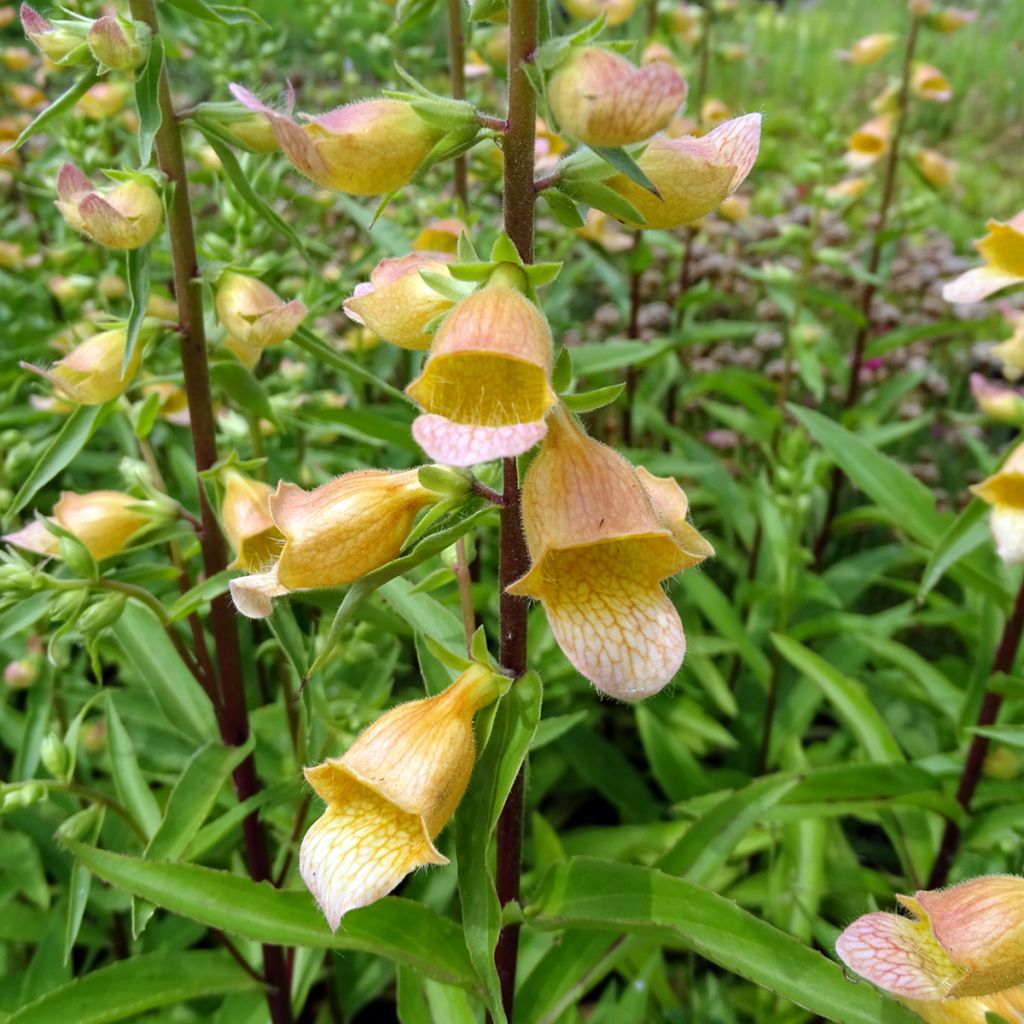

Digitalis Spice Island - Foxglove
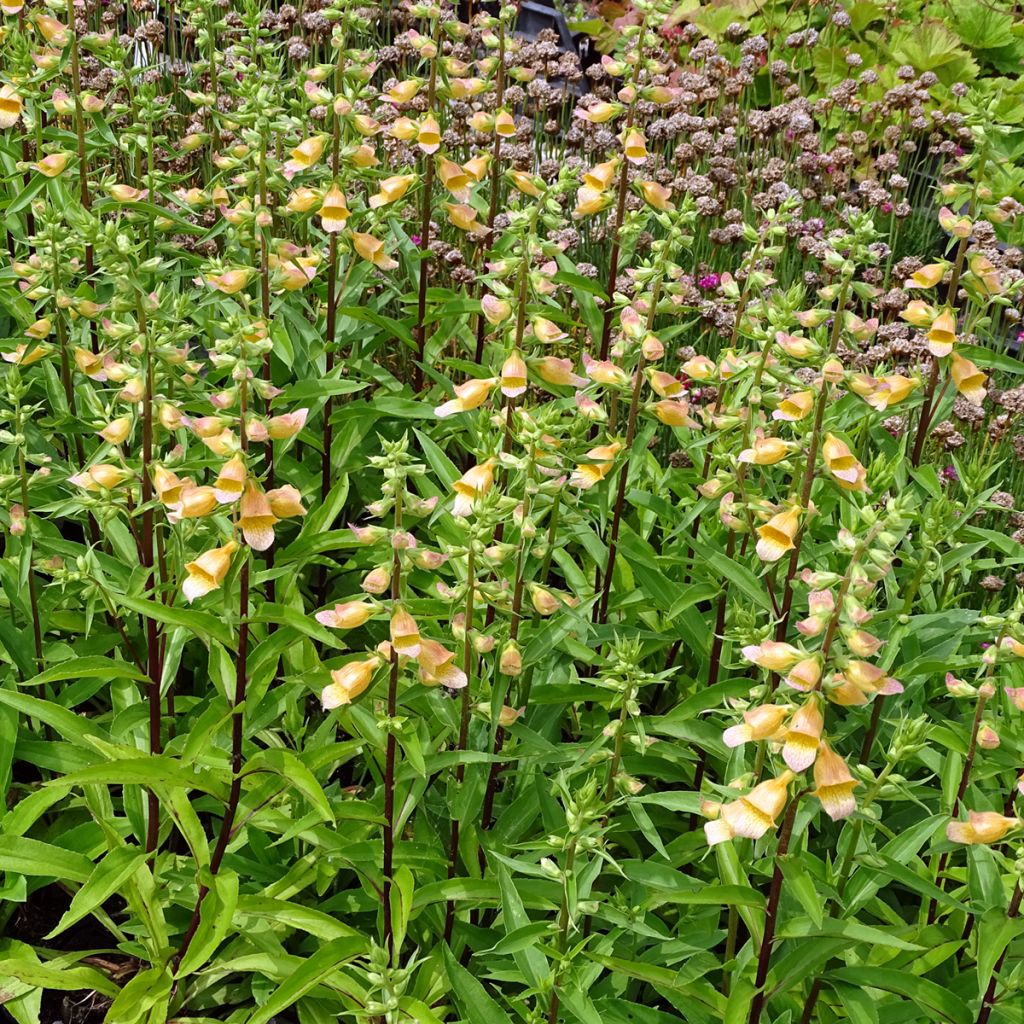

Digitalis Spice Island - Foxglove
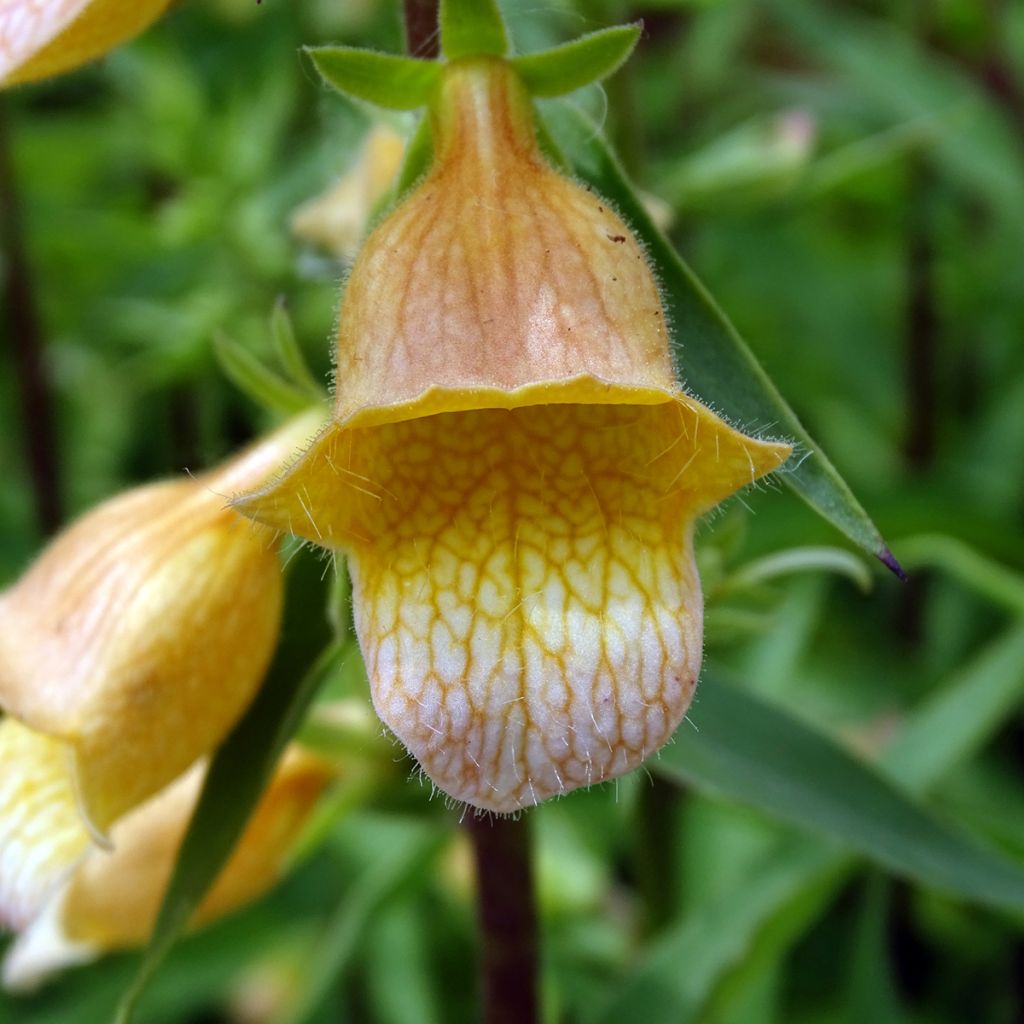

Digitalis Spice Island - Foxglove
Digitalis Spice Island - Foxglove
Digitalis Spice Island
Foxglove
This item cannot be shipped to the selected country
Delivery charge from €5.90
More information
Schedule delivery date,
and select date in basket
This plant carries a 12 months recovery warranty
More information
We guarantee the quality of our plants for a full growing cycle, and will replace at our expense any plant that fails to recover under normal climatic and planting conditions.
From €5.90 for pickup delivery and €6.90 for home delivery
Express home delivery from €8.90.
Does this plant fit my garden?
Set up your Plantfit profile →
Description
Digitalis Spice Island is a perennial foxglove that brings something very new. Of modest size, it blooms generously and faithfully for 3 or 4 years, from late spring to early autumn, in spikes of very soft peach-yellow flowers, above evergreen, elongated, shiny dark green foliage. It is also a robust plant, which tolerates drought and cold. It thrives in the sun, in well-drained soil, and easily self-seeds in flower beds.
Foxglove Spice Island is a hybrid cultivar, derived from Digitalis purpurea, a plant from the Plantaginaceae family. It is a short-lived perennial, developing a rosette with a diameter of 30 cm (12in) from spring, with lanceolate, medium green, very shiny, persistent leaves. Small leaves also adorn the flower stalk. In the second year, from June to October, without interruption, hollow but sturdy stems emerge from the rosette, reaching a minimum height of 70 or 80 cm (28 or 32in), carrying a narrow but dense flower spike, composed of a multitude of bell-shaped flowers in a very soft hue. Each flower is a blend of light yellow and peach, revealing a striated throat sprinkled with cinnamon brown. The flowering is melliferous and nectariferous. This variety freely self-seeds in the garden.
Showing perfect performance in hot and rather dry climates, this Spice Island foxglove is a plant that tolerates root competition quite well. In the north, it can be planted in sunny locations, while in the south, it prefers partial shade. It can be planted at the base of hedges or shrub beds, where it will bloom abundantly from late spring to autumn. It pairs well with the blue bells of campanulas, the flowers of columbines, centaureas, or the purple stars of asters in autumn. This well-branched variety, with growth that is not too tall, will allow you to enjoy its flowering for a long time in a large pot near the house. Also, take advantage of these beautiful flowers indoors by creating sumptuous bouquets.
Report an error about the product description
Digitalis Spice Island - Foxglove in pictures
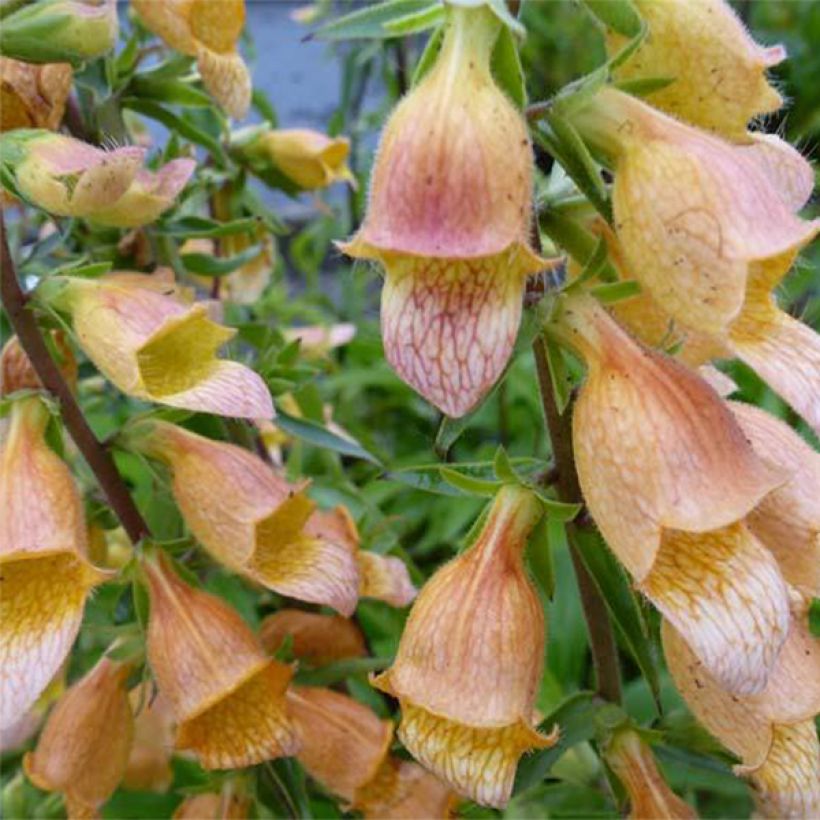

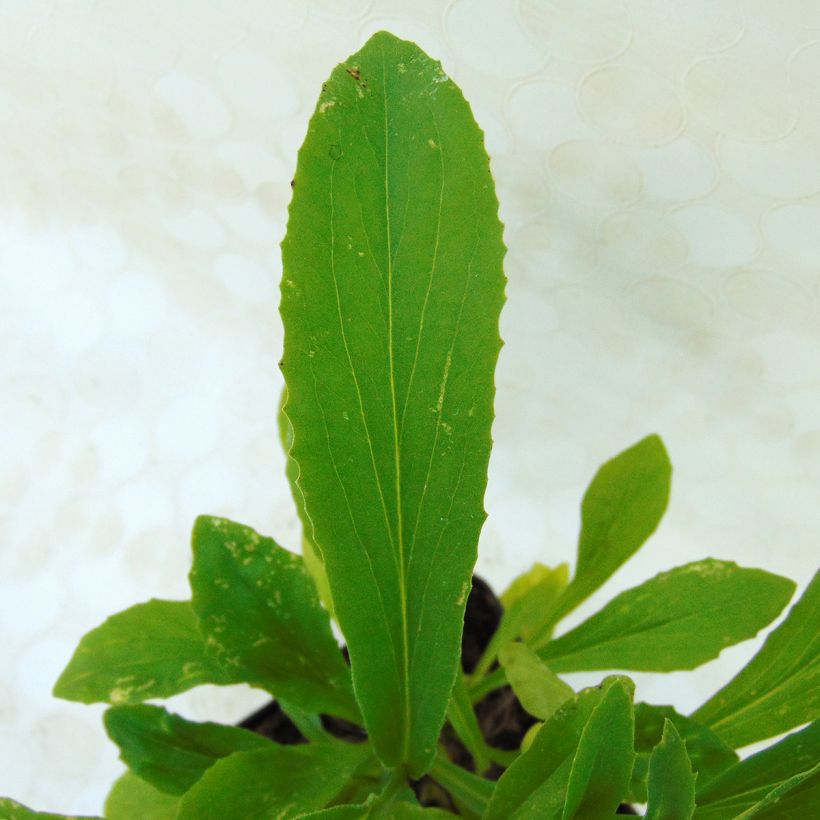

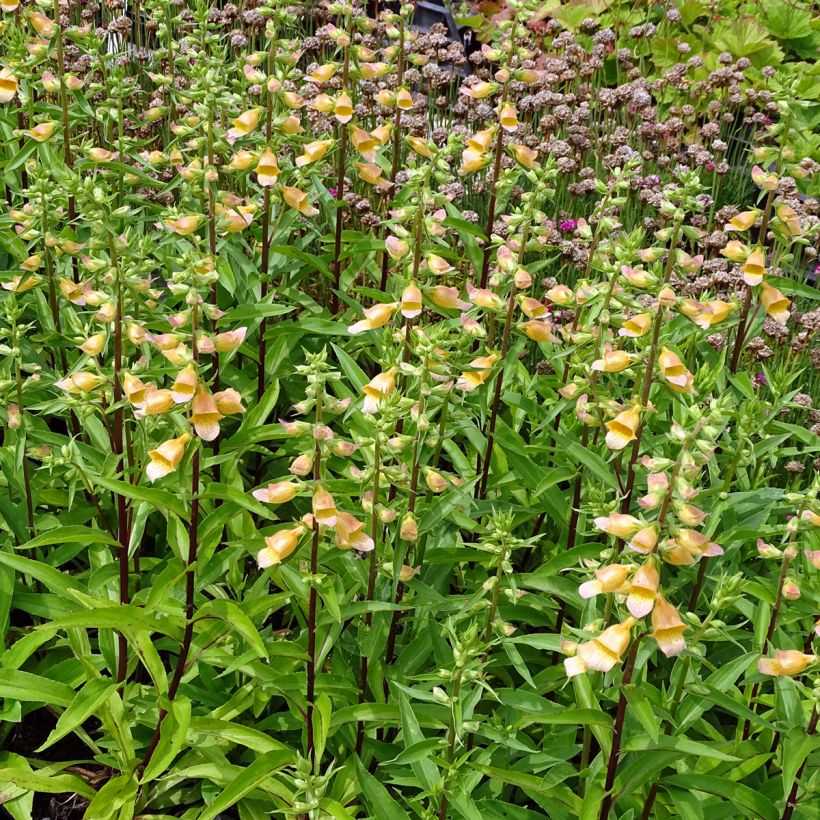

Flowering
Foliage
Plant habit
Safety measures
Botanical data
Digitalis
Spice Island
Scrophulariaceae
Foxglove
Cultivar or hybrid
ingestion
Cette plante est toxique si elle est ingérée volontairement ou involontairement.
Ne la plantez pas là où de jeunes enfants peuvent évoluer, et lavez-vous les mains après l'avoir manipulée.
Pensez à conserver l'étiquette de la plante, à la photographier ou à noter son nom, afin de faciliter le travail des professionnels de santé.
Davantage d'informations sur https://plantes-risque.info
Other Digitalis - Foxglove
Planting and care
Foxglove Spice Island is a perennial plant, not a biennial. It is easy to grow in the garden, planted in full sun in well-drained, ordinary soil. Although it is often recommended to plant purple foxgloves and their varieties in partial shade, this one seems to be more floriferous in sunny conditions. It is a very hardy plant, but its lifespan is quite short. Foxgloves self-seed abundantly in the garden, but the plants obtained are not always identical to the mother plants, especially when it comes to horticultural selections, and when several cultivars are grown together.
Planting period
Intended location
Care
-
, onOrder confirmed
Reply from on Promesse de fleurs
Summer flowering perennials
Haven't found what you were looking for?
Hardiness is the lowest winter temperature a plant can endure without suffering serious damage or even dying. However, hardiness is affected by location (a sheltered area, such as a patio), protection (winter cover) and soil type (hardiness is improved by well-drained soil).

Photo Sharing Terms & Conditions
In order to encourage gardeners to interact and share their experiences, Promesse de fleurs offers various media enabling content to be uploaded onto its Site - in particular via the ‘Photo sharing’ module.
The User agrees to refrain from:
- Posting any content that is illegal, prejudicial, insulting, racist, inciteful to hatred, revisionist, contrary to public decency, that infringes on privacy or on the privacy rights of third parties, in particular the publicity rights of persons and goods, intellectual property rights, or the right to privacy.
- Submitting content on behalf of a third party;
- Impersonate the identity of a third party and/or publish any personal information about a third party;
In general, the User undertakes to refrain from any unethical behaviour.
All Content (in particular text, comments, files, images, photos, videos, creative works, etc.), which may be subject to property or intellectual property rights, image or other private rights, shall remain the property of the User, subject to the limited rights granted by the terms of the licence granted by Promesse de fleurs as stated below. Users are at liberty to publish or not to publish such Content on the Site, notably via the ‘Photo Sharing’ facility, and accept that this Content shall be made public and freely accessible, notably on the Internet.
Users further acknowledge, undertake to have ,and guarantee that they hold all necessary rights and permissions to publish such material on the Site, in particular with regard to the legislation in force pertaining to any privacy, property, intellectual property, image, or contractual rights, or rights of any other nature. By publishing such Content on the Site, Users acknowledge accepting full liability as publishers of the Content within the meaning of the law, and grant Promesse de fleurs, free of charge, an inclusive, worldwide licence for the said Content for the entire duration of its publication, including all reproduction, representation, up/downloading, displaying, performing, transmission, and storage rights.
Users also grant permission for their name to be linked to the Content and accept that this link may not always be made available.
By engaging in posting material, Users consent to their Content becoming automatically accessible on the Internet, in particular on other sites and/or blogs and/or web pages of the Promesse de fleurs site, including in particular social pages and the Promesse de fleurs catalogue.
Users may secure the removal of entrusted content free of charge by issuing a simple request via our contact form.
The flowering period indicated on our website applies to countries and regions located in USDA zone 8 (France, the United Kingdom, Ireland, the Netherlands, etc.)
It will vary according to where you live:
- In zones 9 to 10 (Italy, Spain, Greece, etc.), flowering will occur about 2 to 4 weeks earlier.
- In zones 6 to 7 (Germany, Poland, Slovenia, and lower mountainous regions), flowering will be delayed by 2 to 3 weeks.
- In zone 5 (Central Europe, Scandinavia), blooming will be delayed by 3 to 5 weeks.
In temperate climates, pruning of spring-flowering shrubs (forsythia, spireas, etc.) should be done just after flowering.
Pruning of summer-flowering shrubs (Indian Lilac, Perovskia, etc.) can be done in winter or spring.
In cold regions as well as with frost-sensitive plants, avoid pruning too early when severe frosts may still occur.
The planting period indicated on our website applies to countries and regions located in USDA zone 8 (France, United Kingdom, Ireland, Netherlands).
It will vary according to where you live:
- In Mediterranean zones (Marseille, Madrid, Milan, etc.), autumn and winter are the best planting periods.
- In continental zones (Strasbourg, Munich, Vienna, etc.), delay planting by 2 to 3 weeks in spring and bring it forward by 2 to 4 weeks in autumn.
- In mountainous regions (the Alps, Pyrenees, Carpathians, etc.), it is best to plant in late spring (May-June) or late summer (August-September).
The harvesting period indicated on our website applies to countries and regions in USDA zone 8 (France, England, Ireland, the Netherlands).
In colder areas (Scandinavia, Poland, Austria...) fruit and vegetable harvests are likely to be delayed by 3-4 weeks.
In warmer areas (Italy, Spain, Greece, etc.), harvesting will probably take place earlier, depending on weather conditions.
The sowing periods indicated on our website apply to countries and regions within USDA Zone 8 (France, UK, Ireland, Netherlands).
In colder areas (Scandinavia, Poland, Austria...), delay any outdoor sowing by 3-4 weeks, or sow under glass.
In warmer climes (Italy, Spain, Greece, etc.), bring outdoor sowing forward by a few weeks.

































